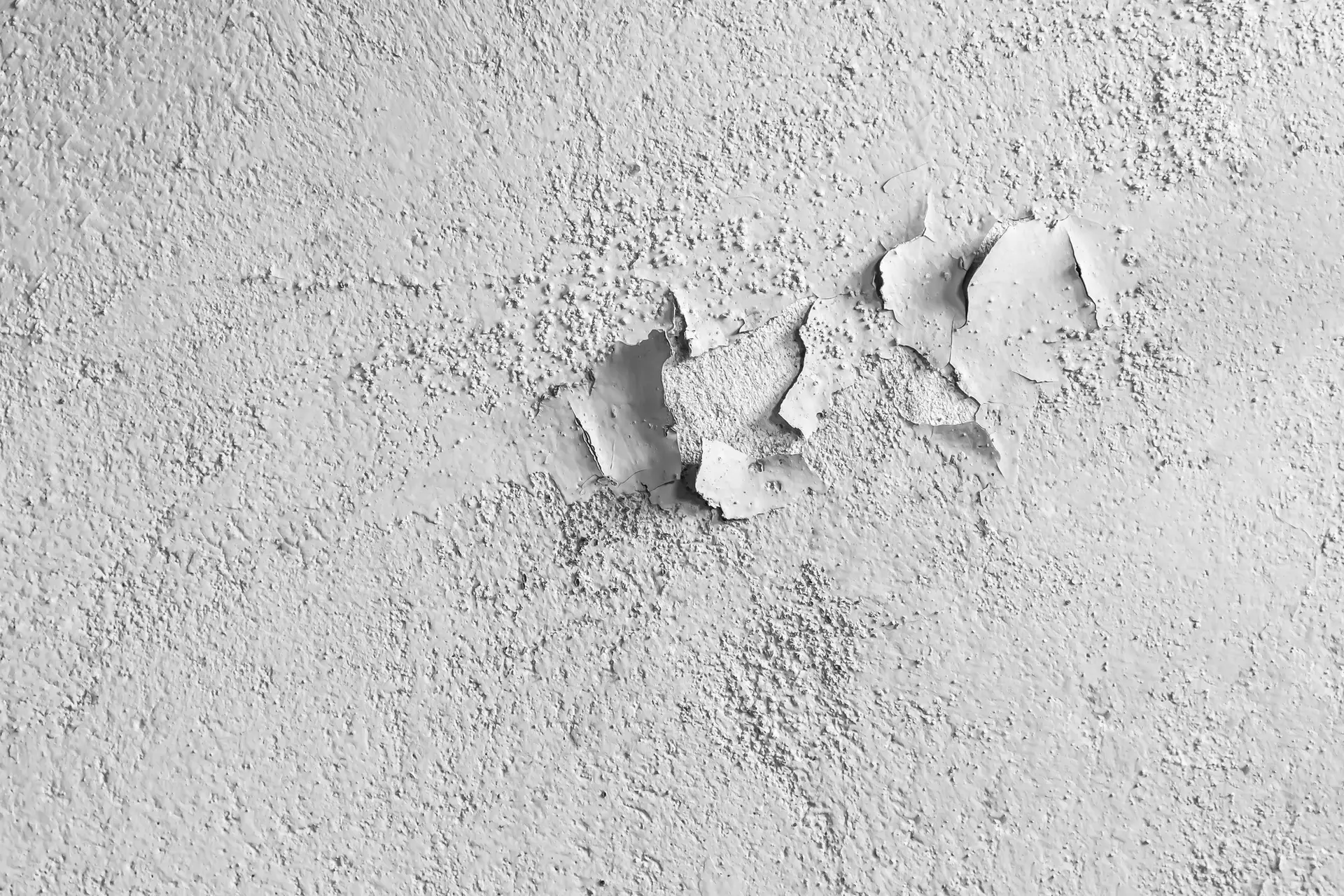Peeling paint can often be blasted off by high-pressure water, revealing the bare surface underneath. In St. Petersburg, FL and other humid areas, pressure washing is a popular solution for removing dirt, mold, and grime from building exteriors.
But homeowners and business owners often wonder:
Will pressure washing remove paint from surfaces, or is it a paint-safe surface cleaning method?
The answer is: yes, pressure washing can remove paint, but whether it does depends on your methods, equipment, and the condition of the surface. In this article, we’ll explore:
- How high-pressure water interacts with paint
- When pressure washing is ideal for removing paint
- How to avoid unwanted damage
- The benefits of soft washing as an alternative
Can Pressure Washing Remove Paint?
Yes — but whether paint comes off intentionally or unintentionally depends on five key factors:
1. Surface Material
Softer materials like wood and stucco are more prone to peeling under pressure, while harder materials like concrete and brick hold paint better and tolerate higher pressure.
2. Water Pressure (PSI)
The strength of your washer, measured in PSI (pounds per square inch), is crucial. Levels above 2,500 PSI are typically strong enough to strip paint from most surfaces. Professionals often use between 2,000–3,000 PSI for paint removal (source).
3. Paint Condition
Old, flaking, or chalky paint comes off much more easily than newer, well-adhered paint. If the surface is already deteriorating, a pressure washer can speed up the process.
4. Nozzle Type
A 15-degree nozzle creates a focused stream ideal for stripping paint (source), while a 40-degree or soap nozzle spreads out the pressure for a gentler clean.
5. User Technique
Holding the spray too close or staying in one spot too long will likely strip paint, even if it’s in good condition. Keeping the nozzle at a safe distance and using smooth, even strokes can help you avoid this.
When Should You Use Pressure Washing to Remove Paint?
There are times when removing paint with a pressure washer is not only acceptable—it’s recommended:
🎨 Prepping for Repainting
If you plan to repaint a surface, removing old, loose paint ensures better adhesion and a longer-lasting finish. Pressure washing can knock off peeling paint from siding, decks, or fences faster than scraping by hand.
🧼 Cleaning Peeling Paint Outdoors
Decks, fences, and patios with flaking paint can be cleaned and stripped at the same time, saving labor.
🧱 Durable Material Stripping
High PSI can safely remove paint from concrete, metal, and brick without damaging the surface—ideal for graffiti removal or stripping old coatings. Always test a small area first.
💡 Pro Tip: A commercial-grade washer (~3,000 PSI) with a 15° nozzle will work better than a consumer-grade washer at 1,200 PSI (source).
Want to learn about alternative methods like sanding or chemical stripping? Click here to explore other paint removal techniques.
How to Remove Paint with a Pressure Washer (Step-by-Step)
Removing paint with a pressure washer takes planning. Here’s how to do it right:
1. Safety First
Wear goggles, gloves, boots, and long sleeves. Cover plants and move nearby furniture. Most importantly, determine if the paint is lead-based (common in homes built before 1978).
If so, follow EPA lead-safe guidelines or hire a certified professional—never blast lead paint without containment.
2. Use the Right Equipment
Choose a power washer rated at 2,500–3,000 PSI (source). Use a 15° yellow nozzle to focus the spray (source).
Don’t use a pressure washer on a shaky ladder—use an extension wand or hire a pro for hard-to-reach areas.
3. Prepare the Surface
Brush off loose dirt or cobwebs, and pre-wet the surface with a hose to help loosen paint. Check for cracks or rotting wood that could worsen with pressure (source).
4. Test in a Hidden Spot
Start with lower pressure (around 2,000 PSI) and stand 12–18 inches away. Adjust pressure and distance if needed. Don’t use more force than necessary (source).
5. Use Correct Technique
Hold the wand at a 45-degree angle, and move in 3-foot sections. Go with the grain (especially on wood). Move smoothly and don’t linger in one area (source).
6. Scrape and Rinse
After pressure washing, scrape off any loosened flakes with a putty knife. Rinse the area and allow it to dry for 24–48 hours before painting (source).
7. Clean Up
Sweep up all paint chips, especially if there’s any chance of lead. Follow EPA guidelines for disposal. Avoid washing paint residue into storm drains (source).
When Not to Use Pressure Washing for Paint Removal
❌ You Want to Preserve the Paint
If you’re just cleaning the surface and want to keep the paint intact, avoid using high PSI. Even 1,500 PSI can cause paint to lift if you get too close.
❌ The Paint Is Lead-Based
Pressure washing can scatter hazardous lead dust and chips into your yard or home. Only use pressure if you’re certified or using proper containment (EPA link).
❌ The Surface Is Delicate
Stucco, cedar shingles, old wood, and drywall can easily be damaged. Even if the paint comes off, you may destroy the material underneath. Use soft washing instead.
Soft Washing vs. Pressure Washing for Painted Surfaces
When paint preservation matters, soft washing is often the safest approach.
What Is Soft Washing?
Soft washing uses very low pressure (under 500 PSI) and combines water with detergents that remove dirt, mildew, and algae without damaging the surface (source).
Benefits for Painted Surfaces
- Paint-safe: Won’t strip good paint
- Low impact: Won’t gouge or erode delicate surfaces
- Ideal for siding, stucco, pavers, and shingles
Soft washing is perfect for homes in humid coastal areas like St. Pete, where salt and algae build up fast. It also protects the integrity of paint jobs and siding.
Soft Washing vs. Pressure Washing — Summary
| Method | Best For | Risk to Paint |
|---|---|---|
| Soft Washing | Delicate, painted surfaces | Low |
| Pressure Washing | Concrete, metal, graffiti removal | High |
For a full breakdown, check out this guide on soft vs. pressure washing.
Tips for Paint-Safe Pressure Washing
If you don’t have a soft wash system, here are best practices to avoid removing paint unintentionally:
- Use 1,200–1,500 PSI for painted siding
- Choose a 40-degree nozzle for wider spray
- Stay 12–18 inches back and don’t get too close
- Test in a hidden area first
- Let the detergent do the work, not just pressure
- Work in sections, sweeping steadily
- Hire a pro if unsure – sometimes it’s worth it
Final Thoughts
So, can pressure washing remove paint? Yes — but only when you want it to. With the right tools and techniques, you can strip away old paint safely and prepare for a fresh coat. Or, if you just need a clean look, soft washing can maintain your paint without any risk.
Want to learn more about the benefits of regular washing?
Check out our blog on Why Pressure Washing Is Essential for Your Home and Business.
Need Help?
If you’re in St. Petersburg, FL, and want professional advice or service, contact Renew Exteriors. We specialize in both soft washing and pressure washing, and we know exactly how to treat painted surfaces the right way.
Whether you want to clean and preserve your paint or remove it for a fresh start—we’ve got you covered.
👉 Click here to get a quote

